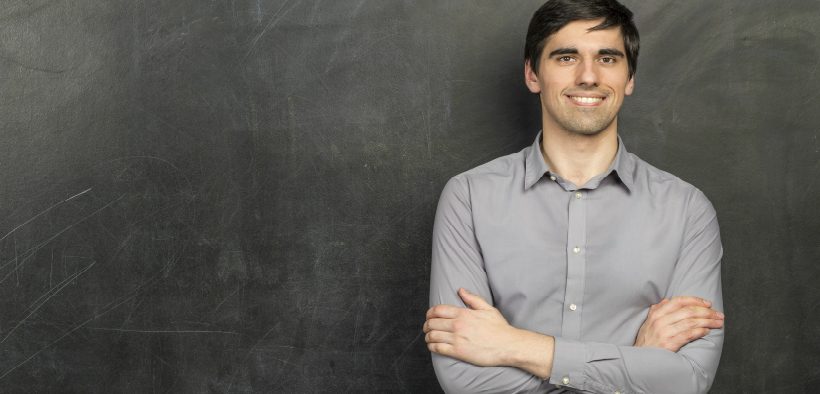Even though metaphors for teaching abound, there's always room for another, and Kim Paffenroth presents a novel one—Glinda, the Good Witch of the North in The Wizard of Oz. He starts by ruling out the other characters in this much-loved tale. Dorothy is the student along with peer learners Scarecrow, Tin Man, and the Lion. They encounter the Wicked Witch of the West who's good at discipline, giving orders, and enforcing them. Paffenroth notes that those characteristics can be seen in some teachers, and they're not inherently wicked, but they're not what make master teachers.
Related Articles
I have two loves: teaching and learning. Although I love them for different reasons, I’ve been passionate about...
Active learning is a mostly meaningless educational buzzword. It’s a feel-good, intuitively popular term that indicates concern for...
Perhaps the earliest introduction a student has with a course is the syllabus as it’s generally the first...
Generative AI allows instructors to create interactive, self-directed review activities for their courses. The beauty of these activities...
I’ve often felt that a teacher’s life is suspended, Janus-like, between past experiences and future hopes; it’s only...
I teach first-year writing at a small liberal arts college, and on the first day of class, I...
Proponents of rubrics champion them as a means of ensuring consistency in grading, not only between students within...








